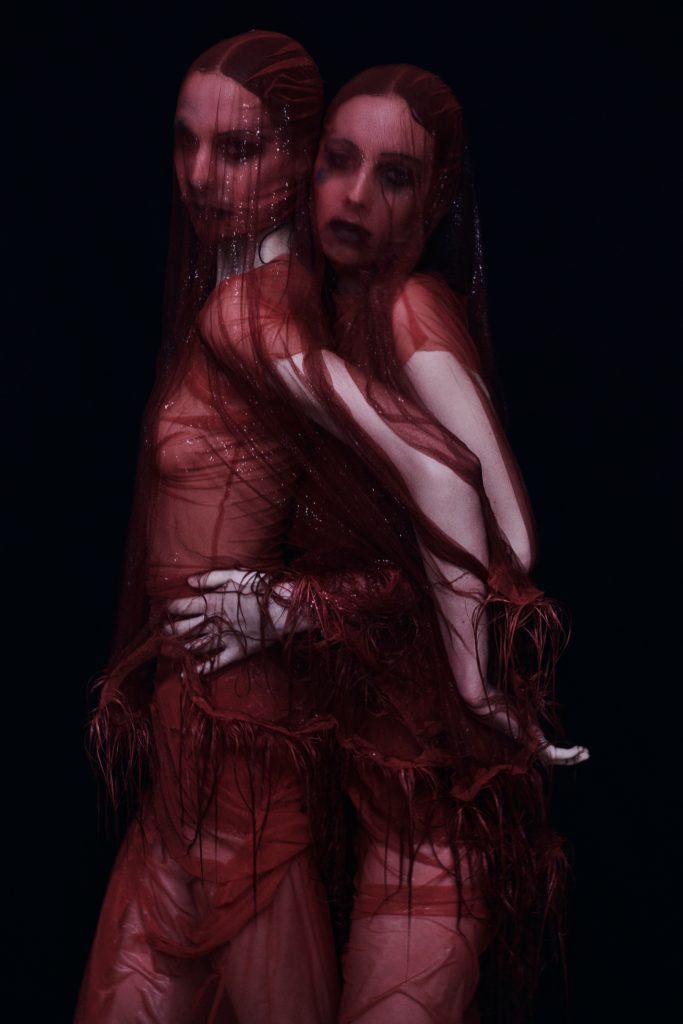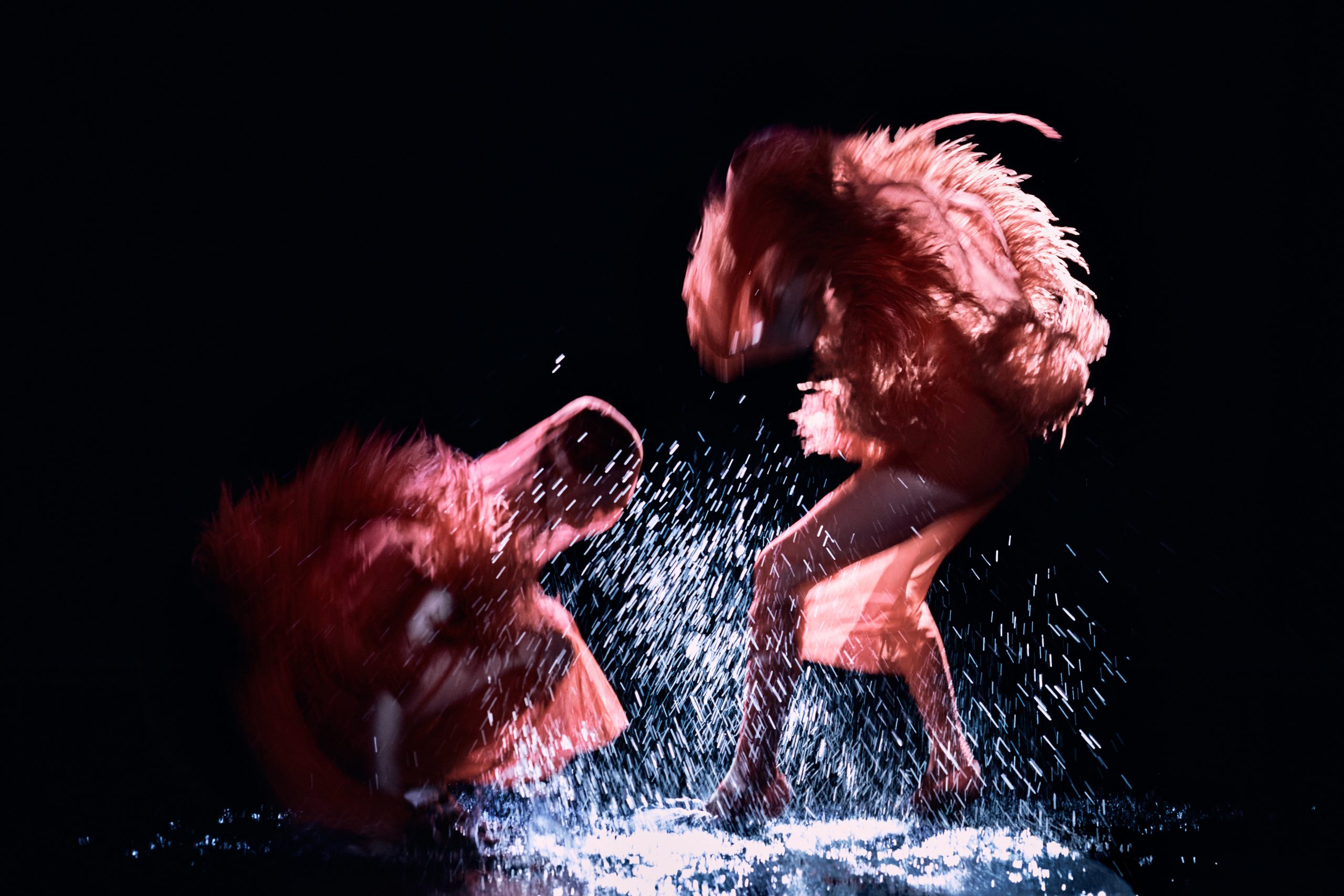The Journey Of A Collection From Dream To Reality Was On Full Display In A Documentary Wrapped In The Form Of A Fantasy
Maison Margiela have released a masterful film presentation of their Spring 2021 Co-ed collection. Creative director John Galliano worked with mastermind image-maker Nick Knight to create the many-layered film, which is part making-of documentary and part undefinably artistic fashion presentation.
The film begins with a straightforward documentary style, depicting a video call between Galliano and Knight in which the former explains the genesis and production of the collection. Galliano’s excitement and pride are apparent as he discusses the initial process of redeveloping house codes and hunting for inspiration in secondhand shops. But his main point of inspiration for the collection, and the one from which Knight’s visual storytelling beautifully stems, was his experience of Buenos Aires’ underground tango scene.

Amazed by this encounter, Galliano imagined the story which forms the other half of the film. An old man recounts his experience with tango growing up in a recently industrialized Argentine village: the expectations of his arranged marriage are disrupted when his fiancée’s cousins – a sinisterly alluring pair of twins – arrive in the town and initiate a tango frenzy. The film’s narrative does at times lean into the fashion industry’s unfortunately popular trope of fetishizing and glamorizing poverty. The platitudinous line “people in our village were poor, but we could dance,” feels especially emblematic of this, and rather unsavory in a work that exists to sell expensive products to the world’s more affluent.
Nevertheless, this narrative is included to give an emotional content to Galliano’s designs and Nick Knight’s exquisite visuals, and this it does perfectly. The setting is a black stage covered in a shallow pool of water, where a single stark spotlight shines as if cast by the moon. The remarkable sense of depth created by this space feels perfect for the emotive choreography of the dancers who occupy it. An incredible combination of tango and contemporary dance, it feels deeply romantic and tragic. With their roots in tango dressing and their color scheme of black, white, and red, Galliano’s designs feel like excellent theatrical costuming for this performance. Knight augments the artistic elevation of it all with cinematic vignettes and expressionistic camera effects like color inversion.
These narrative and dance scenes are woven between footage and detailed description of the production process behind the collection. It is fascinating to see both people and machines at work in crafting these gorgeous pieces, especially when we hear Galliano discuss how his team conceives of the ready-to-wear collection as an industrialized extension of couture. Knight is wise enough to recognize that pulling back the curtain in fashion is more than capturing a designer rendering sketches and goign through swatches of fabric. His narrative is multifaceted as we withness the 360º of the make; cuttings, tailoring, fabrication creation, silk screening, draping, handstiching, fittings, hair and makeup meetings, choreography, styling, and more. Overlayed onscreen in kinetic motion are the names of the talents involved from Olivier Rizzo to Pat McGrath to Margiela seamstresses and shopkeeps. The enterprise of fashio creation is showcased in it’s entirety and while the viewer is drawing into the narrative surround the elderly tango artist, another set of artistry is on full display educating the viewers about the house and its proicesses.
Coverign everythign from the make of footwear to deconstructed tailoring, we also get to witness the development of Maison Margiela’s Recicla pieces, which are composed from combinations of upcycled vintage garments, is also very exciting.
But the unsung heroes of the film are its editing and sound design teams. The documentary and choreography sections could feel like completely different films, yet the editors manage to weave them together into a single creative journey. Brilliant cinematography captures the energy and precision of the construction process.
The sound design and music does incredible work in this process: the mechanical sounds of production are rhapsodically transformed into music, while the tango sections are given, of course, a beautiful and dramatic tango soundtrack. The moment these two musics come together feels like a revelation.
The film is boldly ambitious in its dualistic approach to presenting the collection, and lesser creative teams may have buckled under its weight. Yet through the brilliant work of an excellent creative team, it comes together as a literal and figurative showcase of a designer’s narrative and vision. It may be the best documentary of a collection creation ever.
